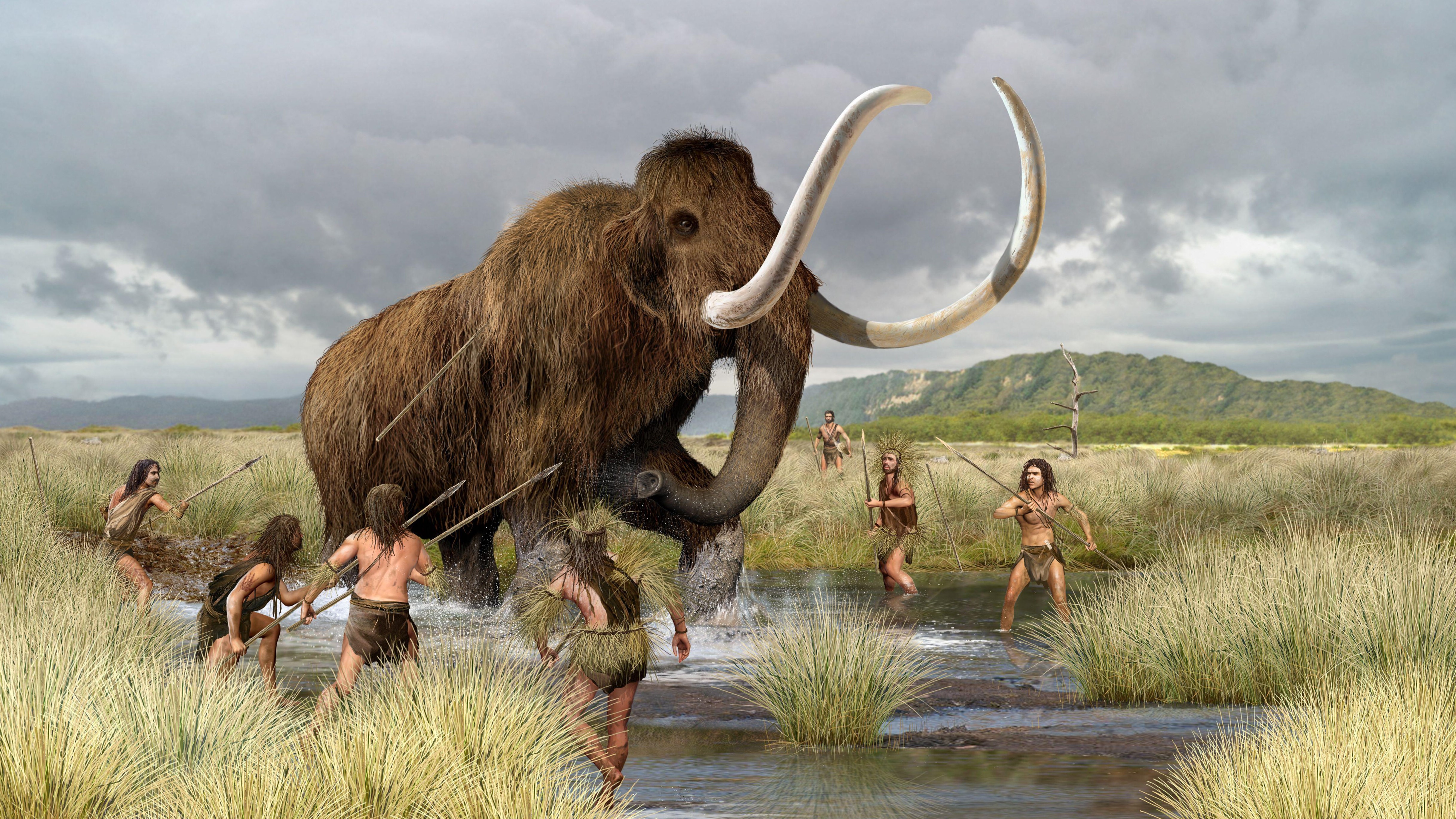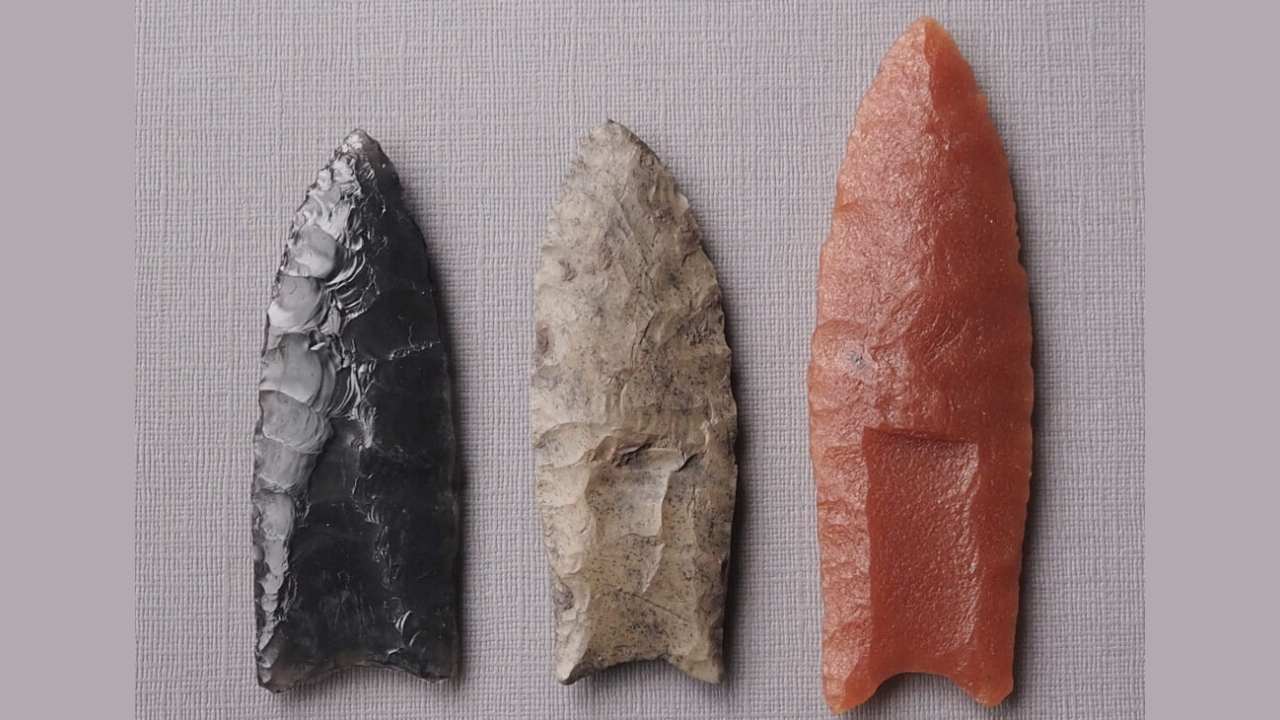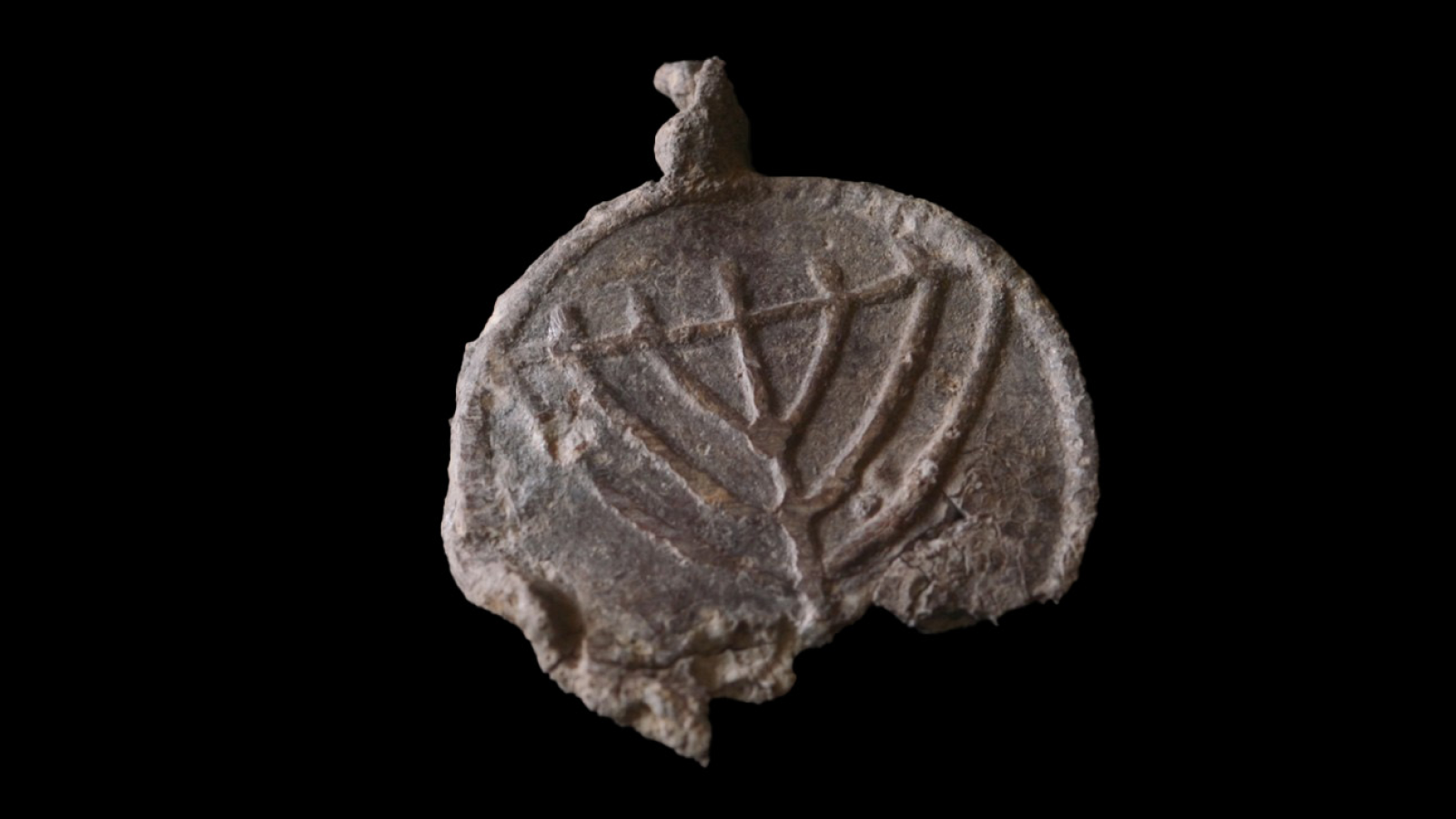1st Americans impaled and killed mammoths with pikes, not spears, study suggests
Ancient hunters may have mounted Clovis points on sophisticated pikes that fractured inside large mammals like woolly mammoths to inflict fatal injuries, archaeologists say.

Researchers who thought ancient hunters threw spears to kill mammoths and mastodons may have got the wrong end of the stick, archaeologists say. Instead of hurling weapons at prehistoric beasts, hunters likely used their weapons like pikes, impaling the beasts as they charged, a new study suggests.
Pikes propped up at an angle would have inflicted much deeper wounds on charging animals than flying spears, even if the spears were thrown by the strongest prehistoric hunters, according to the study. Evidence suggests hunters designed the pikes to split in two upon impact with bone, widening the internal wound and causing deadly injuries.
"This ancient Native American design was an amazing innovation in hunting strategies," lead study author Scott Byram, a research associate with the University of California Berkeley's Archaeological Research Facility, said in a statement. Not only could the weapon kill huge animals swiftly, it also protected the hunter who stood behind it, Byram and his colleagues said in the statement.
The new study, which was published Aug. 21 in the journal PLOS One, builds on decades of research into ancient weapon tips known as Clovis points. Clovis points, which date to around 13,000 years ago, get their name from a small town in New Mexico where they were first discovered nearly a century ago during archaeological excavations.
Since then, archaeologists have found thousands of these flattened stone points across North America. They are carved from rocks including chert, flint and jasper, with scalloped edges that could easily pierce the hide and skin of animals. But the most distinctive features of Clovis points are fluted indentations at the base on either side that act as shock absorbers.
Related: The 1st Americans were not who we thought they were
Archaeologists disagree about how early Americans used Clovis points. While some researchers are confident that hunters mounted the points on wooden shafts to make weapons, others argue that they were too broad to penetrate deep and inflict serious wounds in large animals. Instead, these experts argue, ancient communities used Clovis points like knives to cut meat off scavenged animal carcasses.
Get the world’s most fascinating discoveries delivered straight to your inbox.
Wood disintegrates quickly, meaning archaeologists have never recovered wooden shafts dating to the Clovis culture, according to the statement. They have found bone shafts, however, which they think hunters attached to the front end of wooden spears to hold the Clovis point in place.

The authors of the new study think the Clovis points were indeed placed on wooden shafts but they argue the weapons would have been too valuable to risk throwing around. Finding the right rocks to shape points from and collecting suitable wooden poles to make spears took time, Byram said, so it's more likely that hunters kept hold of their weapons and used them as pikes.
To test their idea, Byram and his colleagues reconstructed an ancient weapon using a replica Clovis point, a long pine shaft and a resin cast of an original bone shaft. The researchers then measured the force that this weapon could withstand if it was used like a pike.
They found that the weapon could withstand forces equivalent to and higher than a mammoth charging into it, meaning the spear would pierce the animal's skin and penetrate its tissues if hunters braced it like a pike. The spear broke in half when the researchers applied forces equivalent to hitting the bone of a charging mammoth, meaning a pike would eventually break, but only after impaling the animal.

The way the spear broke in the experiment suggests hunters designed it to inflict a maximum amount of tissue damage, according to the researchers. If the weapon penetrated an animal's flesh so deep that it struck bone, the Clovis point likely receded into the gap between the wood and bone shafts, splitting the weapon in half. This may have widened the animal's wound and caused massive internal injuries, similar to a modern-day hollow-point bullet.
The experiments, as well as historical accounts from all around the world of spears being used as pikes to impale large animals, suggest mammoth hunters may have braced their weapons against the ground instead of throwing them, according to the study.
"The kind of energy that you can generate with the human arm is nothing like the kind of energy generated by a charging animal," co-author Jun Sunseri, an associate professor of anthropology at UC Berkeley, said in the statement. Ancient hunters likely knew this and took advantage of attacking animals' momentum to impale them on pikes, Sunseri said, adding that "these spears were engineered to do what they're doing to protect the user."

Sascha is a U.K.-based staff writer at Live Science. She holds a bachelor’s degree in biology from the University of Southampton in England and a master’s degree in science communication from Imperial College London. Her work has appeared in The Guardian and the health website Zoe. Besides writing, she enjoys playing tennis, bread-making and browsing second-hand shops for hidden gems.


